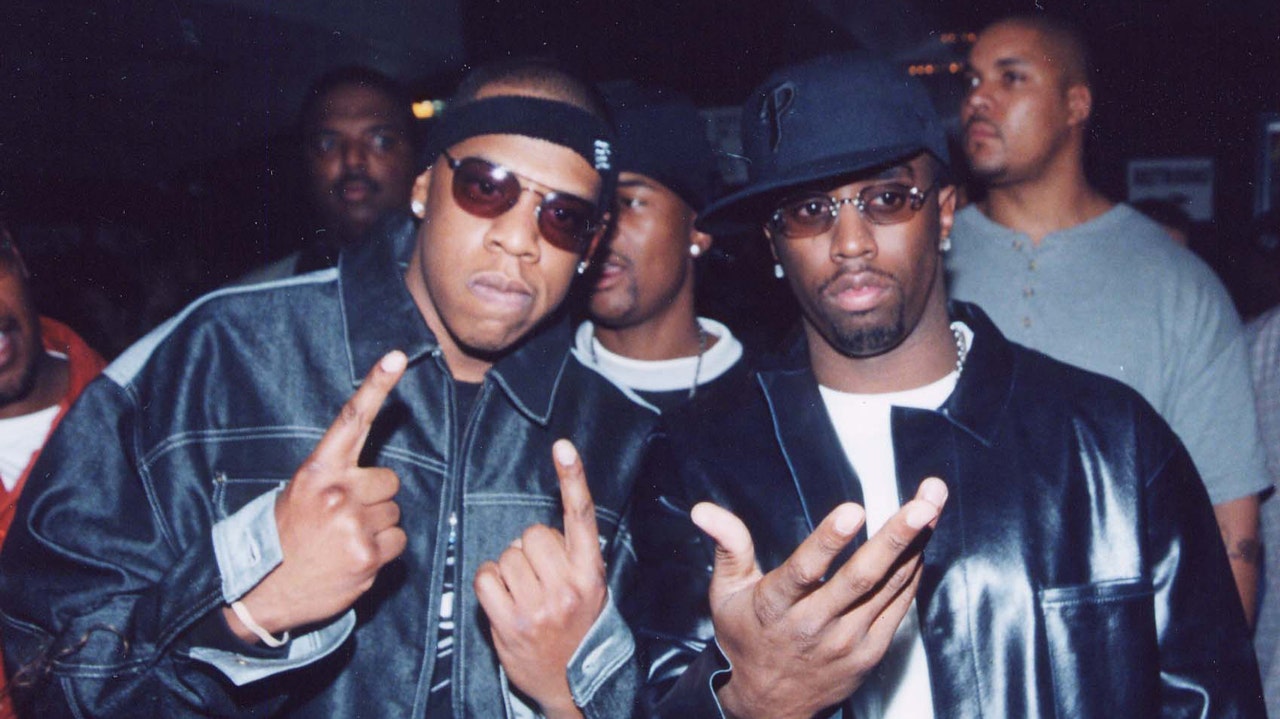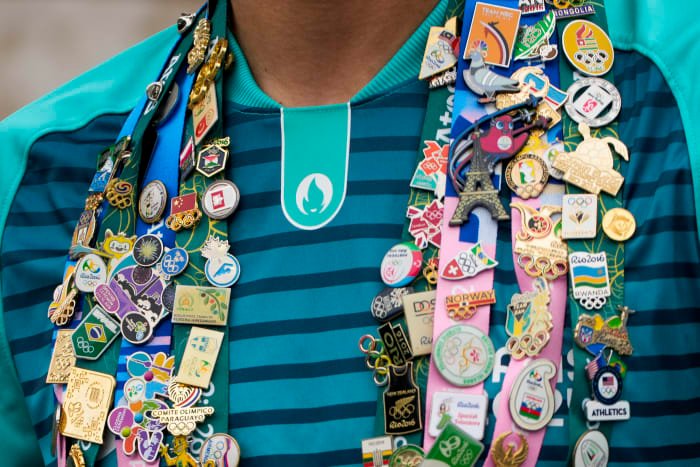The Unlikely Frenzy of Olympic Pin Trading
PARIS – In the heart of France, amid the glamorous allure of the Paris Olympics, an unexpected market thrives, vibrant and full of warmth. This world is not ruled by the rush of Wall Street but instead revolves around a simple yet cherished item: pins. These tiny tokens of enthusiasm have drawn collectors from across the globe, each person eager to contribute their unique story to the rich tapestry of Olympic history.
The Thrill of Collecting
At cafes and bustling streets, the query is the same: “Do you have any pins?” It’s a question that unites volunteers, athletes, media personnel, and tourists alike. Everyone seems to participate in this shared frenzy, as echoed by local French collector Laurent Facy, who remarks, “You can really feel the craze this year.” For many, the act of collecting pins transcends mere hobby; it infuses the Olympics with a deeper connection, one that harkens back to the camaraderie of playground trading.
The tradition of pin trading can be traced to the first modern Olympics of 1896. In Athens, small cardboard badges identified athletes and reporters. Over time, these have transformed into colorful, intricate designs that represent nations, news organizations, and even individual personalities. As American collector, Nicholas Wolaver, passionately states, “They’re like little pieces of art.”
Iconic Moments in Pin Trading
While many collectors fondly remember the Los Angeles Olympics of 1984 as a pivotal moment, where the pin collecting phenomenon truly flourished, it’s the excitement generated by the Paris 2024 Olympics that reignites the spirit. After two pandemics limited face-to-face interactions during Tokyo and Beijing, the Paris Games have opened doors to new gatherings and conversations. Each pin traded adds a layer of intrigue, a stitch in the fabric of personal stories.
Celebrity influences, including Olympians like Serena Williams and Andy Murray, further elevate the charm of pin collection. Williams proudly identifies as a “first-class pin collector,” showcasing her favorites on social media — especially those hard-to-acquire international pins, which fans covet. Similarly, Murray’s playful pursuit of a pin from an athlete in Liechtenstein reflects the joy and community that this simple act fosters.
The Power of Connection Through Pins
The enchanting realm of pin trading offers accessibility and inclusivity. Unlike formal Olympic events confined to stadiums, pin trading thrives in parks, streets, and online spaces. The artful display of pins on clothing sparks easy conversation among strangers. Paul Ians, an American collector, shares, “You get to meet a lot of people… it’s not so much the other pin traders; it’s the regular people who are coming to the Olympics.”
These encounters are enriching, creating opportunities for cultural exchange and personal anecdotes. Every pin traded becomes a vessel for shared dreams and experiences, proving that they can indeed break barriers. As powerfully stated by Robbins, “Pins break down the walls where people can start talking to each other.” The thrill of a conversation with someone from a different corner of the globe, sparked by a small badge, transforms each exchange into a memorable experience.
The Drive Behind the Craze
What makes this pin trading phenomenon even more riveting is its ability to draw curious tourists and newcomers to the Olympics. The charming interaction, the quest for that special pin, becomes a core memory from the Games. Interestingly, the colorful creations aren’t just regarded as collectibles; they are tangible reminders of the shared human experience surrounding the Olympics.
As the action unfolds in Paris, one standout pin captures attention: Snoop Dogg’s design featuring the famous rapper blowing smoke shaped like the Olympic rings. This inventive creativity brings novelty, attracting younger generations unsure of how to enter the trading world. The realm of Olympic pins continues to evolve, adapting to the spirit of every new Games.
Weaving Personal Tales Through Trading
In this dynamic atmosphere, it becomes evident that every pin carries a story. Each trade is more than an exchange; it’s a shared history, a burst of memories contributed from different lives. Veteran traders like Wolaver have collected rare pieces, including those from high-profile exchanges with French President Emmanuel Macron and Thomas Bach, the International Olympic Committee President.
Gray-haired enthusiasts and newcomers alike revel in this ritual, noticing how pins inspire storytelling that transcends language barriers and cultural differences. These tiny tokens of Olympic spirit remind collectors and participants of the deep bonds created through shared passion and joy.
In the end, pins are far more than mere souvenirs; they are unique links to the past, investments in friendships, and artifacts of an unforgettable event. Each piece, worn or traded, serves as a gentle reminder of the incredible tapestry woven by the Olympic spirit, a celebration of humanity itself.




































